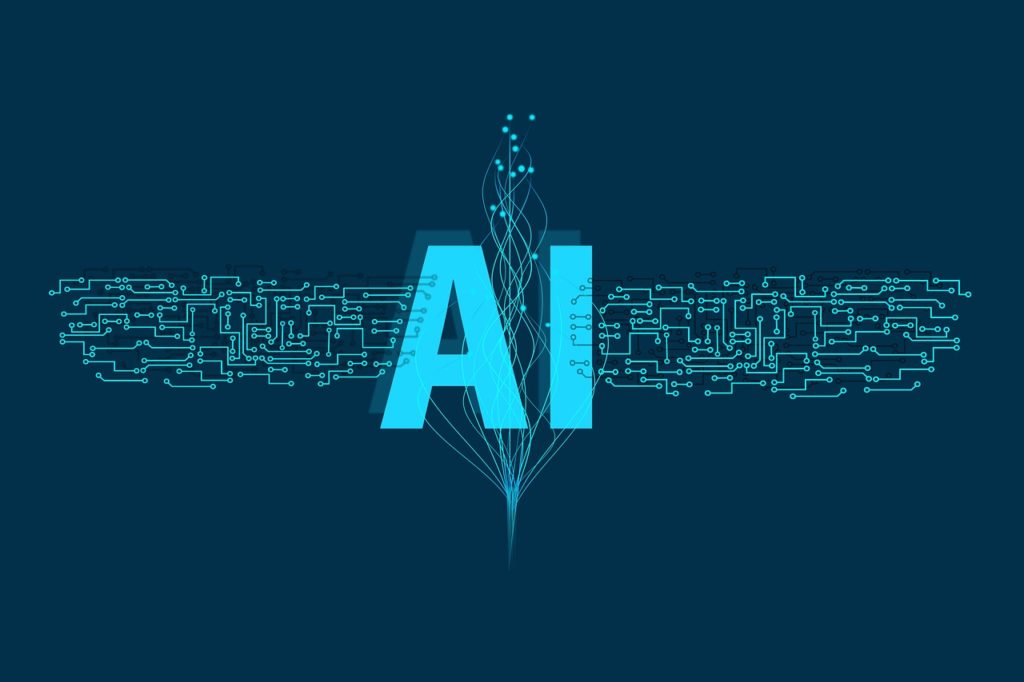Artificial intelligence (AI) is technology that mimics human cognitive capacity in some form. It essentially gives machines and software (computers), the ability to comprehend text and spoken words in much the same way as humans recognize, respond and adapt to recognizable patterns in real time. As a still developing and expanding field AI has many applications and branches. Specific application of AI include among others, expert systems, natural language processing, speech recognition and machine vision.
Today AI as a fundamental application can be found in many industries that incorporate its Natural language processing (NLP); Industries such as automotive, finance, real estate, gaming, healthcare, speech recognition, Energy, Telecomm, Public Safety etc.
In these industries AI tools are being used to collect and analyze customer data, providing valuable insights for improving customer service and support.
There are many different branches to AI, some of the branches of AI are:
Machine Learning – leverages available data to improve the performance of computers by giving them the ability to “learn”, almost like humans.
Reinforcement Learning – Algorithms that allows machines to learn from trial and error, and then using the feedback to perform actions.
Deep Learning – a subcategory of machine learning that uses neural networks to perform complex tasks. It provides the ability for machines to perform human-like tasks without human involvement.
Expert Systems – a program that specializes in a singular task, and is able to emulate the decision-making capability of a human expert or specialist. These systems are designed to provide solutions to complex problems by applying if-then-else rules that allows it to reason through vast quantities of data, again, in an almost human like manner.
Computer Vision – similar in application to giving sight to a human, it enables machines to acquire, interpret, process, analyze and understand digital images and patterns in the visual world similar to humans.
Unsupervised Learning – algorithms that learn patterns from unlabeled data where there are no targeted results, and arriving at meaningful conclusions by analyzing datasets.
Intelligence – there are several types of intelligence which include:
- Artificial Narrow Intelligence (ANI) – typically performs a single or narrow set of related tasks at a high level of proficiency.
- Artificial General Intelligence (AGI) – an advanced form of AI with human like abilities that can rationalize situations, understand abstract concepts and carry out highly complicated tasks without human intervention.
- Artificial Super Intelligence – AI that surpasses human capabilities
Sentiment Analysis – an algorithm typically used with social media platforms to analyze and extract emotions and attitudes about products from texts.
Natural Language Processing – enables computers to read and understand both text and spoken words similar to a human.
Artificial neural network – a type of machine learning algorithm incorporating human like cognitive reasoning capabilities that allows it to function similar to the neural network in the human brain.
Data Mining – discovers and extracts information and patterns using large data sets to find trends and relevant data.
Business Intelligence –analyzing data in order to gather insight into business and market trends.
Fuzzy Logic – a form of logic used to resolve issues or statements based on “degrees of truth”. It is usually employed in situations, where the truth value may range from completely true to completely false.
Speech Recognition – uses machine learning and neural networks to convert audio data (“spoken language”) into text.
Theory of Mind – regarded as the next level of AI; “theory of the mind” allows machines to be aware of and explain the consequences of their actions. This will as a result, also allow them to adjust their behavior much like humans during social interactions.

